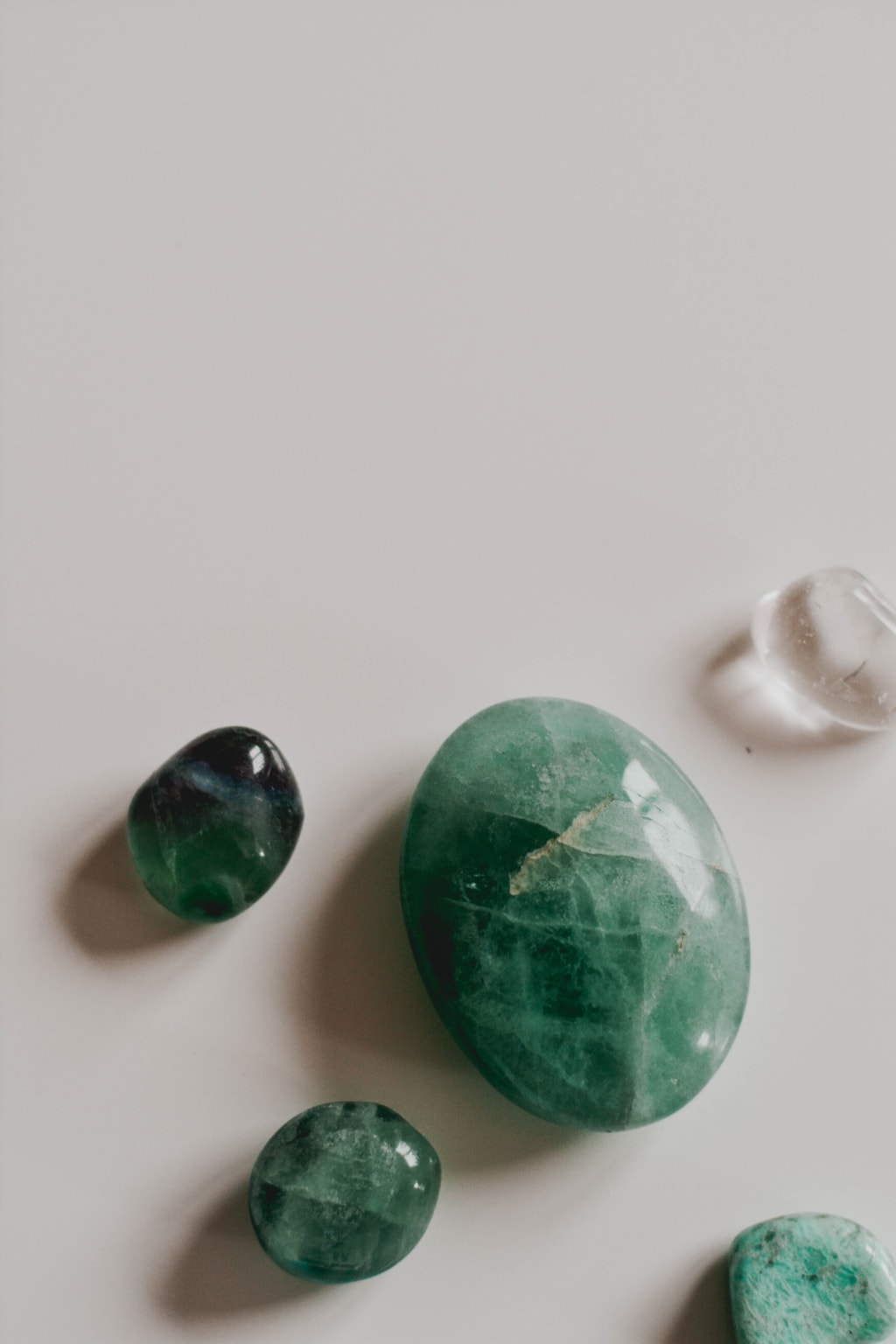Unveiling the Enigma
The 10 Rarest Gemstones Around the Globe

Gemstones, with their innate allure and breathtaking brilliance, are universally admired. However, the world of gemology hides within its depths an exclusive collection of rare and precious gems, each with a unique story to tell. Join us on an extraordinary journey as we explore the top 10 rarest and most valuable gemstones, delving into their origins, characteristics, and the mysteries that make them highly coveted.
1. Painite: The Guinness World Record Holder
Discovered in 1951 by the esteemed gems and mineral specialist Arthur Charles Davy Pain, Painite held the title of the rarest gemstone for years. Initially, only one specimen existed in the British Museum in London. While subsequent discoveries in Burma unveiled more than 1,000 gems, its rarity and distinctive red, orange, and brownish tones still command a high price, estimated at over $60,000.
2. Benitoite: California's Hidden Gem
Found in the early 1900s near San Benito County, California, Benitoite is the official state gemstone of California. Despite discoveries in Japan and Australia, Benitoite's scarcity, coupled with its dark blue color and fluorescent shine under ultraviolet rays, makes it a highly sought-after gem. A cut and treated Benitoite gemstone can fetch around $4,000.
3. Tanzanite: The Tiffany & Co. Marvel
Named after its Tanzanian origin, Tanzanite boasts stunning blue and violet hues. Interestingly, its name wasn't assigned by scientists but by the renowned company Tiffany & Co. Tanzanite's rarity, considered 1,000 times rarer than diamonds, positions it as a gem with stratospheric prices.
4. Grandidierite: Madagascar's Blue and Green Jewel
Described in 1902 by gem specialist Alfred Lacroix, Grandidierite is found mainly in Madagascar and Sri Lanka. Its captivating blue and green coloration, along with the ability to absorb various lights, contributes to its uniqueness. Rumored to be priced at around $20,000 per carat, this gem remains almost unimaginably valuable.
5. Alexandrite: The Chameleon Gem
Discovered in Russia in 1830, Alexandrite showcases a rare color-changing ability depending on the light source. Exposed to solar light, it takes on green and blue hues, while incandescent light reveals red and purple tones. With limited findings exceeding a carat, Alexandrite's price can reach over $15,000 for smaller specimens.
6. Taaffeite: The Accidental Discovery
Accidentally discovered by gem specialist Richard Taaffe in 1945, Taaffeite was initially misclassified as spinel. Found in Sri Lanka, this rare gem exhibits colors such as red, green, violet, and blue. With fewer than 50 specimens believed to exist, Taaffeite commands a high price, making it a prized possession for private geologic collections.
7. Poudretteite: The Canadian Rarity
Transparent pink and glassy in appearance, Poudretteite was discovered in 1960 in the Poudrette family mines near Saint Hilaire in Canada. Despite being recognized as a new mineral in 2003, the rarity of this gem makes it nearly impossible to find more crystals. With prices reaching up to $3,000 per carat, Poudretteite remains a highly coveted collector's item.
8. Red Beryl: The Scarlet Emerald
Also known as the Red Emerald, Red Beryl derives its intense red tonality, standing out as an ultra-rare gem. Found in Utah, New Mexico, and Mexico, this gem is exceedingly scarce, with fewer than a carat-sized specimens costing approximately $10,000.
9. Musgravite: Australia's Hidden Treasure
Discovered in 1967 in Musgrave Ranges, Australia, Musgravite bears a striking resemblance to Taaffeite. With only a handful of specimens known to exist, it has been found in locations such as Tanzania, Madagascar, Antarctica, and Sri Lanka. Despite its increased availability, Musgravite's rarity still commands a price of up to $6,000 per carat.
10. Black Opal: The Vibrant Darkness
Renowned for its vivid colors set against a dark background, Black Opal offers a captivating spectacle. The Aurora Australis, a 180-carat masterpiece discovered in 1938, exemplifies the intensity of its hues. Valued at $800,000 in 2005, even smaller Black Opals can demand prices of up to $2,300 per carat.
In the realm of gemology, these rare and mesmerizing gemstones stand as testament to the Earth's extraordinary capacity to create treasures that captivate and mystify. As each gem possesses a unique combination of rarity, beauty, and historical significance, they continue to enchant collectors and enthusiasts alike, adding an air of exclusivity to the world of precious stones.
About the Creator
Līva
World is interesting place. Scary, but worth living.
Nature is full of surprises and people are... well, people are something else.
Art is the best doctor.
Enjoyed the story? Support the Creator.
Subscribe for free to receive all their stories in your feed. You could also pledge your support or give them a one-off tip, letting them know you appreciate their work.





Comments
There are no comments for this story
Be the first to respond and start the conversation.